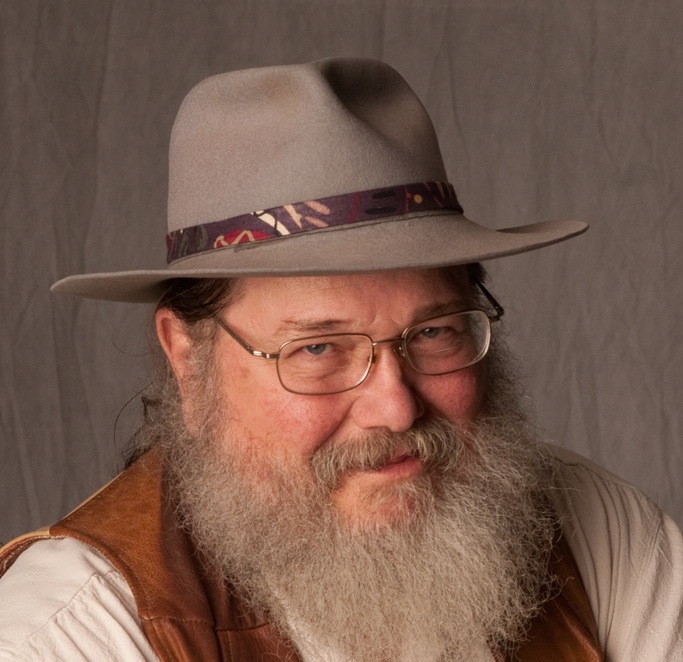“You betcha grandma, sure as you’re born. I’ll have some more potatoes and a thunderstorm.”
–“Canned Goods” by Greg Brown
The Russian olive branches are whipping the hillside to a brisk fandango beat. A delicate pink froth of blossom on the Nanking cherry hedge dips and bobs in the dance celebrating the return of spring to Doney Park. Tender green forbs have pushed through the crumbly cinders and promise early browsing for rabbits, elk and deer. The legendary Doney Park wind hyperventilates by day and roars like a runaway freight train by night. It’s time to garden.
My wife does things one at a time with wonderful focus. Recently, all thought and talk was of our trip to Mexico with our family and friends for spring break and the eighth San Felipe Folk Festival. I watched her sit on the hot beach with her book and refreshing fruit beverage day after day. The birds went up coast. The birds went down coast. Whales with tails 15 foot wide stitched their way across the tiny cove. A small fishing boat towed a 30-foot dead whale across the horizon. The tide came in. The tide went out. The rhythm reminded her of beginning labor pains, and her thoughts turned to her garden plot waiting under snow in Flagstaff.
On Friday night Sue hosted a meet-and-greet and seed exchange for Doney Park gardeners at Cromer School. She asked me to play a few tunes while people gathered. Almost 60 home farmers and wannabe’s showed up to meet likeminded neighbors, share favorite seeds, talk about projects they were involved in and ask questions of several master gardeners. Master gardeners are those who have completed the Coconino County extension services 13-week training program. There they receive specialized instruction in the challenges that face vegetable gardeners at 7,000 feet with the volcanic soils and micro-climates of the northland. Meredith Hartwell gave a talk and slide show about her research on the history of agriculture in northern Arizona. It was an enthusiastic group that gathered.
The big snow that fell in mid-March soaked into the cinder sponge soil of the ancient lake bed that spreads out to the east and south of my home on Old Caves Crater. Meredith Hartwell’s slides included pictures of these very fields from the 1930s through the 1950s when Doney Park was an essential part of northern Arizona’s breadbasket. There were 10,000-plus acres of wheat, oats, rye and corn under dry cultivation (no irrigation) and beans and potatoes were produced in quantity with the surpluses being shipped to market by the train-car load. The drought years of the ’50s coincided with declining soil fertility and the construction of Glen Canyon Dam to make farm land more valuable to house construction workers than to food production. The development of the interstate highway system further changed how food was distributed in Flagstaff, and the rest of the country, making local production less essential.
The master gardeners fielded questions about hoop houses to extend the season, the best plant varieties and the impact of forest fire runoff on soil fertility. Community members talked about their projects: a greenhouse with available space for others and a farm-based children’s learning center. A lady talked about the seeds she brought to share. “A man visiting from back east found a squash in a cave in southern Utah in the ’30s. He took it home and grew out the seeds. A relative of his brought the seeds back here recently. It’s a large, round squash with pointed ends and big dark leaves, the flesh is bright orange. It makes wonderful pies.” Another woman had abundant seeds to share of native flowers from the area she has collected for years. Sue brought samples of yellow woman beans, black Valentine beans and the white Hopi limas that are fat as a baby’s thumb and thrive on our sloping field.
After the meeting I listened to the excited buzz as folks talked about their experiences and plans and rushed the seed tables to fill their little manila envelopes with dreams and memories. I remembered my old neighbor Bob Piper who moved to the area in the ’30s. He told me tales of wetter times. A snow cap that stayed year round on the peaks, and lush wheat and bean fields. For now, I am now the proud guardian of eight magic squash seeds with an ancient story to tell.

